Viewpoint | Bian Zhihan Editor | Huang Zhaolong
Source: Selected Content from “Incremental Performance” Online Training Class by Zhong En

Performance management is a process for unifying thoughts from top to bottom in a company, allowing everyone to move in one direction.
However, many enterprises often fall into “self-centeredness” during the performance management process, with departments acting independently and lacking coordination between front, middle, and back offices.
The root cause is that performance management lacks alignment and interlocking, leading to a lack of overall synergy.
How can we align departments and individuals in performance management to achieve benefits for all? Today, we will share solutions based on three typical scenarios.
01 Departments Acting Independently
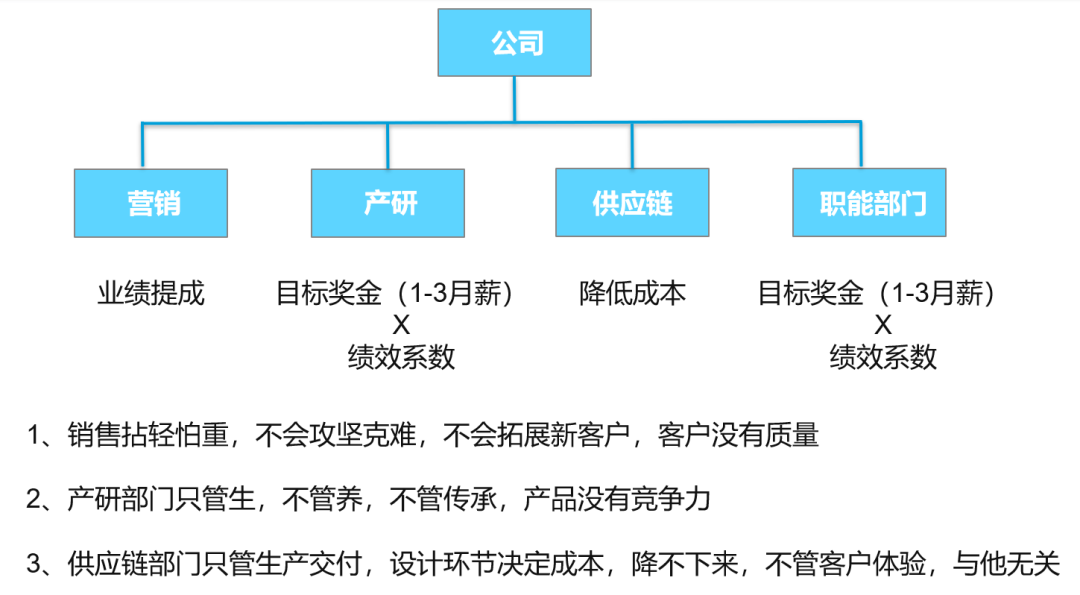
Due to different incentive methods in each department, it is easy for departments to focus only on their own incentive directions, choosing the most beneficial behaviors for themselves.
For example, the marketing department, which adopts a commission-based system, will choose to focus on easy-to-achieve results rather than tackling difficult strategic clients. The R&D department, which adopts a target bonus system, only cares about research and development, ignoring the market performance of the products. Meanwhile, the supply chain, which is only focused on cost reduction, does not care about improving customer experience.
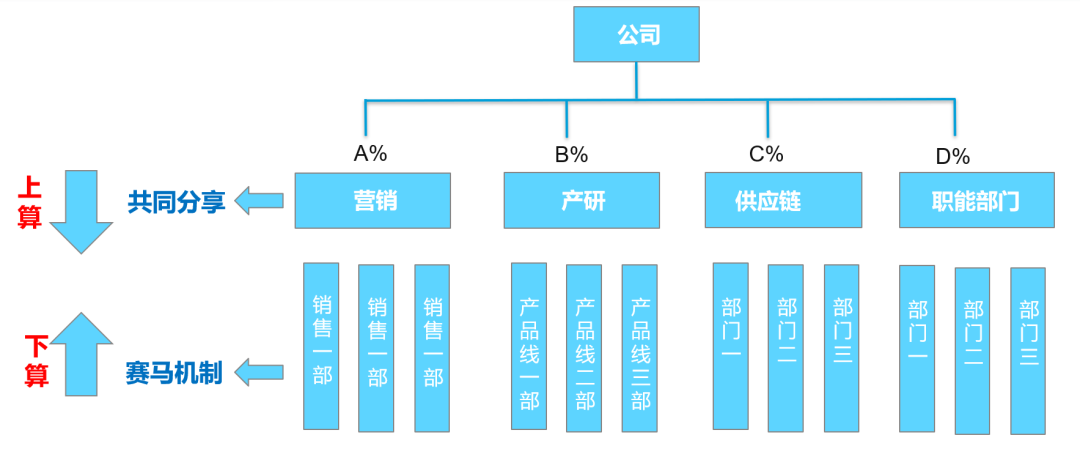
Upper Calculation: After both labor and management determine the overall distribution ratio and amount, it is then proportionally distributed to each department. This reflects a sharing system and is part of common sharing.
Lower Calculation: To avoid egalitarianism and a “big pot” mentality, each sub-department (for example, marketing department 1, 2, 3, etc.) must also calculate their amounts based on a certain algorithm (such as a commission system). Each sub-department determines the proportion of what they can share from the marketing headquarters; those with better performance get more, which is the racehorse mechanism. This logic applies to all other departments as well.
If only upper calculations are used, it will lead to egalitarianism; if only lower calculations are used, it will lead to self-centeredness. Only by calculating from both ends and using the results of lower calculations to exchange for upper calculations can we satisfy both employee and company interests while fostering healthy competition between departments.
02 Lack of Coordination Between Front, Middle, and Back Offices
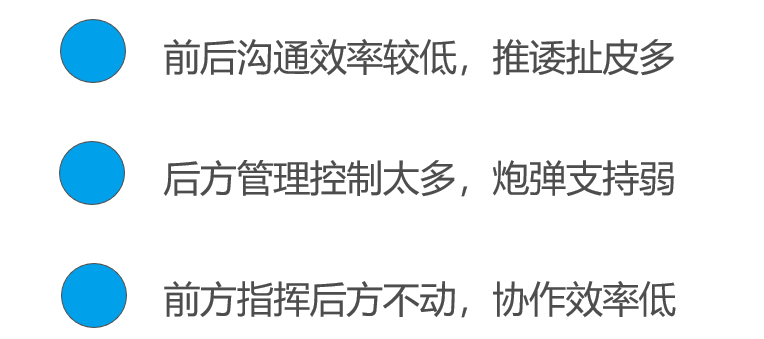
When a company grows in scale and personnel increases, without a good mechanism, it may face the situation of “the front is tight, and the back is tightly eating”. The front line is engaged in battle, while the back line remains still, failing to provide sufficient support to the front, ultimately leading to defeat.
Solution: Front and Back Coordination, Align with Customers, Achieve Unified Benefits
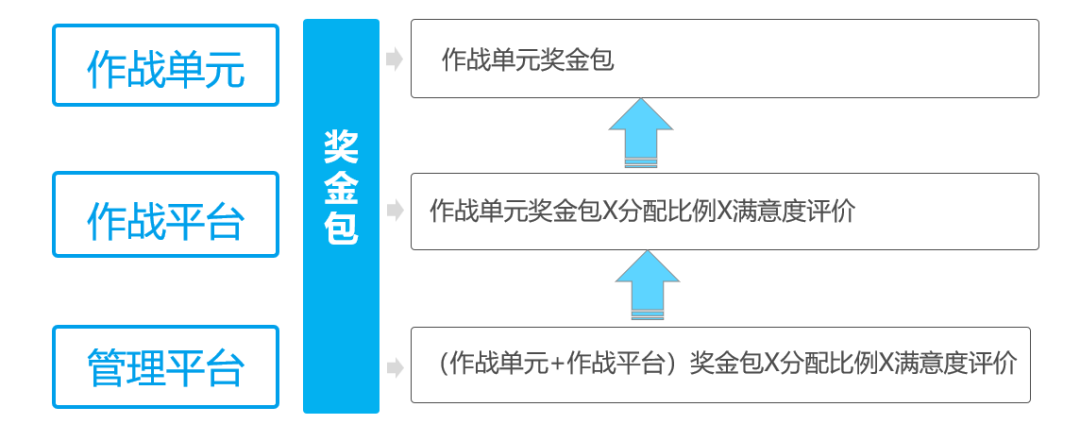
By centering on the customer, using an incentive mechanism to link the front, middle, and back offices, we can create the traction for unified benefits and achieve the effect of unified strength.
For example: If the operational unit generates a bonus of 10 million, and the operational platform has a linkage ratio of 60%, the bonus for the operational platform will be 6 million. This 6 million is not taken from the operational unit’s 10 million but is generated based on the operational unit’s bonus amount and the linkage ratio. If the operational platform wants to receive more bonuses, it must help the operational unit earn more bonuses.
The management platform operates similarly, linking bonuses based on the average bonus of the operational unit or operational platform.
For example: If the management platform’s bonus is set at 30% of the operational unit’s, if the operational unit earns 10 million, the management platform will link to receive 3 million.
At the same time, in the satisfaction evaluation, the front evaluates the middle, and the middle evaluates the back. Through this evaluation system from front to back, we can ensure that the back supports the front line to win battles, which is different from many companies’ top-down evaluation systems.
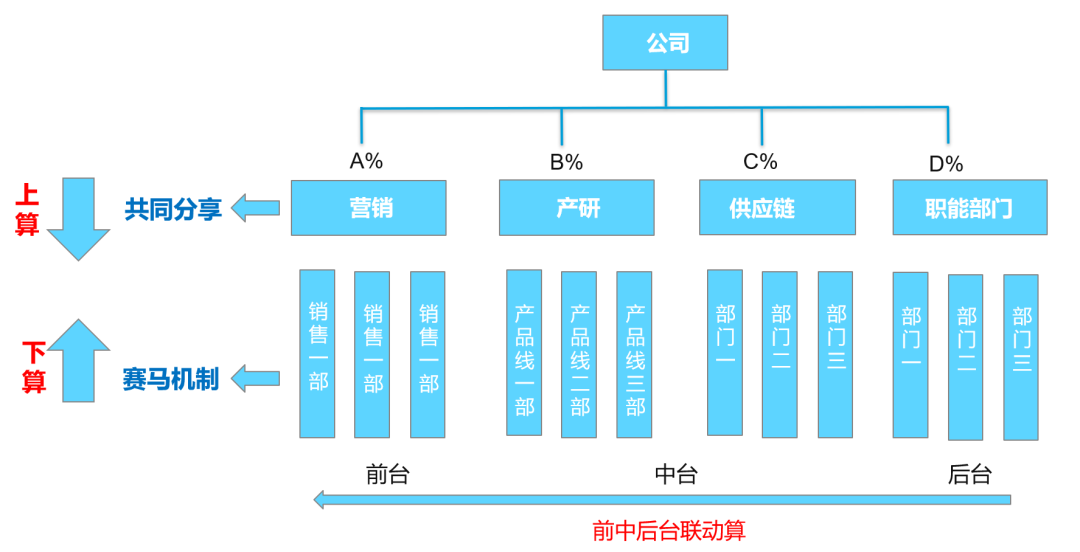
We use a general model to describe the organizational structure of enterprises, mainly divided into operational units, operational platforms, and management platforms.
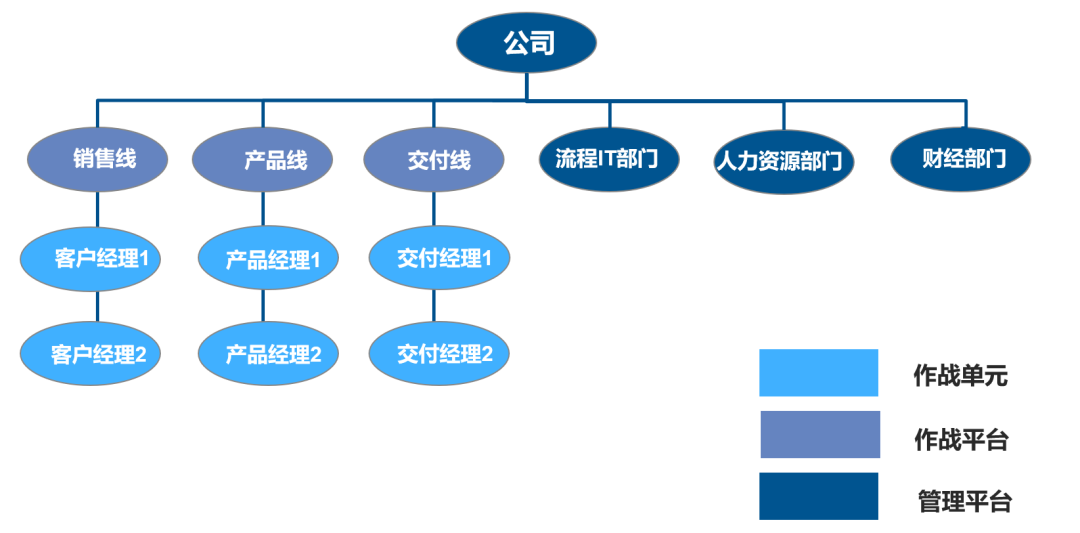
Generally, a company’s sales line, product line, delivery line, and departments such as IT and human resources are assessed from top to bottom along their respective lines, with no interests between lines.
However, often multiple participants from different lines are involved in the same project, such as sales managers, product managers, and delivery managers.
If there is no mechanism that reflects common interests, it may impact the project’s success.
Solution: Bonus Algorithm for Frontline Combat Teams Based on the Iron Triangle – Contribution Weight Method
The Iron Triangle of Huawei consists of a customer manager, a solution expert, and a delivery manager.
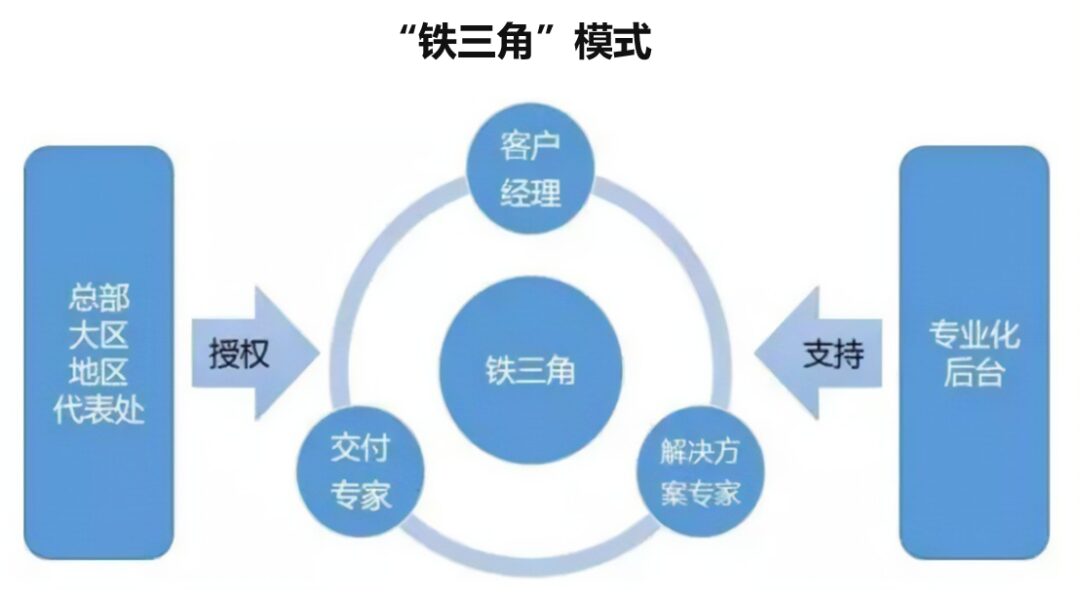
Individual Distribution Coefficient = Job Value Coefficient X Individual Performance Coefficient ÷ ∑ Job Value Coefficient X Individual Performance Coefficient


Organizational performance management must align vertically and horizontally, rather than being closed off like Russian nesting dolls. Only with vertical and horizontal alignment can all employees strive and grow towards performance goals, achieving the company’s strategy.

On March 28, 2024, Zhong En will launch the “Incremental Performance 3.0” online training class, one day and one night, to help you unlock Huawei’s performance management tools and methods! Assist enterprises in starting incremental thinking and innovating their future. Welcome to consult and register to secure valuable spots!

About Zhong En
